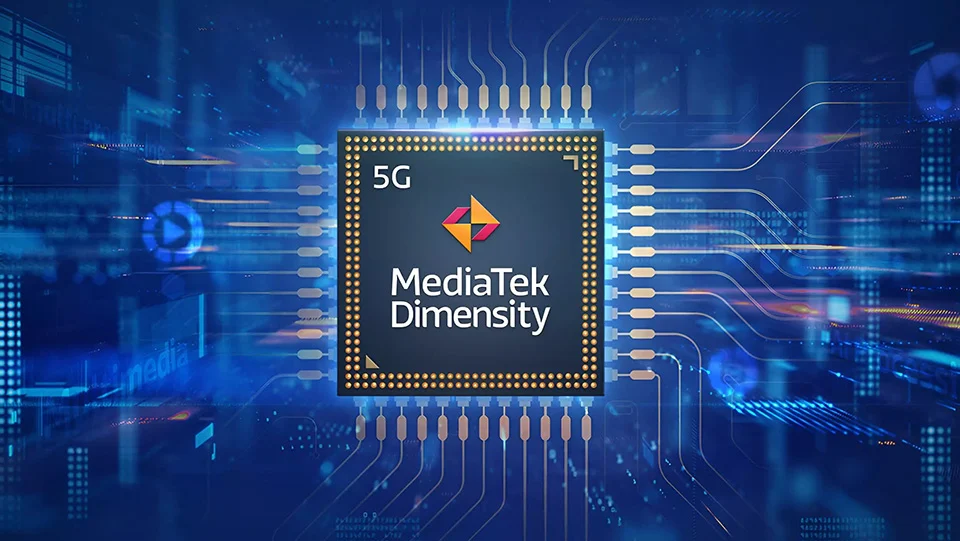MediaTek is on the brink of revolutionizing the flagship chipset market with its upcoming Dimensity 9400, leveraging cutting-edge 3nm technology from TSMC for unprecedented power efficiency and performance. Touted for a fourth-quarter launch, the chipset is rumored to significantly outperform its predecessor, the Dimensity 9300, marking a pivotal step in MediaTek’s quest to rival Qualcomm’s dominance in the high-end market segment.
The Dimensity 9400 is expected to showcase remarkable performance improvements, with a Geekbench 6 single-core score of 2700, up by 19.3%, and a multi-core score of 9800, a 24.7% increase over the Dimensity 9300. These strides are attributed to the chipset’s CPU configuration, which includes one Cortex-X5 prime core, three Cortex-X4 prime cores, and four Cortex-A720 performance cores. This setup represents a significant advancement from the previous generation, promising a 32% boost in power efficiency due to the shift to the more advanced 3nm manufacturing process.
Central to the chipset’s graphical prowess is the Immortalis G9xx series GPU, anticipated to deliver an 11.1% increase in performance, with test results showing a framerate of 110fps in the GFXBench Aztec Ruins test at 1440p resolution. Moreover, the Dimensity 9400 will support LPDDR5T RAM and advanced AI processing technologies, positioning it as a formidable contender in the race for chipset supremacy.
However, MediaTek faces the challenge of optimizing the Cortex-X5 core’s power consumption and performance across varying clock speeds. Balancing power and efficiency is critical for the Dimensity 9400 to realize its full potential and compete effectively against rivals, especially the upcoming Snapdragon 8 Gen 4, which currently sets high benchmarks in performance.
Despite its impressive advancements, MediaTek’s reliance on ARM’s CPU and GPU architectures and the pressure to fine-tune the Cortex-X5 core underscore the competitive and technical hurdles that lie ahead. As the mobile chipset landscape evolves, the Dimensity 9400’s release is eagerly anticipated, promising to redefine performance standards and power efficiency for flagship devices.






